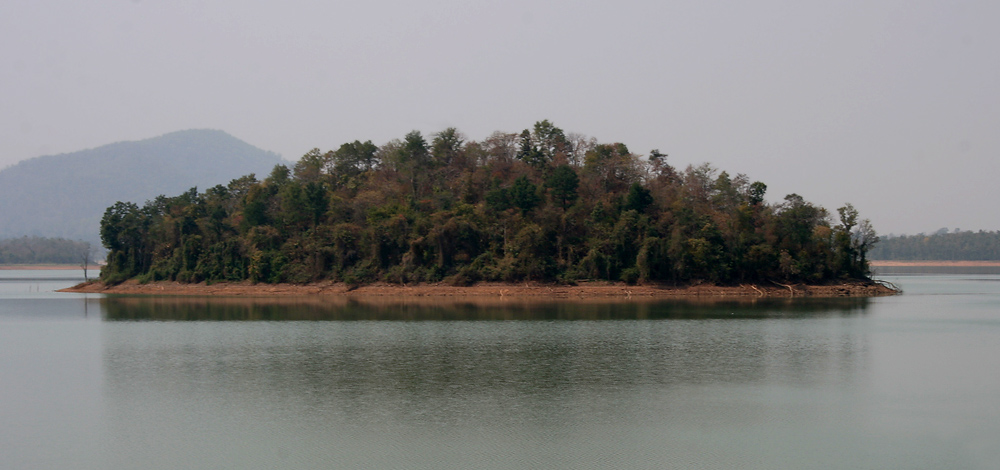Ramappa Temple stands as a remarkable testament to the architectural brilliance of the Kakatiya Dynasty, representing a pinnacle of cultural and artistic achievement in South India. Located in the village of Palampet, Telangana, this extraordinary temple was constructed between 1173 and 1213 under the leadership of Racherla Rudraiah, a chief commander of King Ganapathi Deva, with Ramappa himself serving as the principal architect.
The temple's unique distinction lies in being the only temple in India named after its creator, a testament to the exceptional craftsmanship and cultural significance of its design. The complex encompasses multiple smaller temples and mandapa structures, all embodying the sophisticated architectural techniques of the Kakatiyan period. Its construction represents a profound marriage of engineering innovation and artistic expression, showcasing the progressive cultural landscape of medieval South India.
Architecturally, the temple is a marvel of engineering and design. Constructed using sandstone, granite, and dolerite, it features intricately decorated beams and pillars that demonstrate the exceptional skill of Kakatiya craftsmen. The temple's pyramidal Vimana is particularly noteworthy, constructed using lightweight, porous "floating bricks" that reduce the roof's weight—an innovative technique that has contributed to the structure's remarkable longevity.
The temple's foundation employs a sophisticated sand-box technique, providing a cushioned base that has enabled the structure to remain standing for over eight centuries. This engineering prowess is complemented by the temple's sculptural elements, which are renowned for their dynamic representations of movement and regional dance traditions. The sculptures possess an extraordinary metallic finish, maintaining their luster even after hundreds of years—a testament to the artistic sophistication of the period.
Religiously, Ramappa Temple is a primary Shiva temple within a larger walled complex, serving as a significant center of spiritual and cultural significance. Its sculptures and carvings not only demonstrate artistic excellence but also illustrate the rich cultural practices and dance traditions of the Kakatiyan era. The temple has been a continuous site of religious ceremonies and cultural practices for centuries, maintaining its spiritual relevance through generations.
The historical context of the temple is deeply intertwined with the Kakatiya Dynasty, a period widely considered a golden era for the Telugu-speaking regions of South India. The Kakatiyas were known for their progressive governance and robust support of arts and architecture, characteristics brilliantly embodied in the Ramappa Temple. Their commitment to cultural development is vividly expressed through the temple's intricate design and profound artistic statements.
In recent years, the temple has gained international recognition, being accorded UNESCO World Heritage Status—a significant acknowledgment of its historical and cultural importance. This designation has not only helped in its conservation but has also brought global attention to the architectural and cultural achievements of the Kakatiya period. The temple remains a living monument, continuing to host religious ceremonies and serving as a powerful connection to a rich historical legacy.
The preservation of Ramappa Temple represents more than just maintaining a historical structure; it is about safeguarding a profound cultural narrative. Its survival through centuries of environmental and historical challenges speaks to the extraordinary engineering skills of its creators and the enduring cultural significance of the site. As a remarkable example of Kakatiya architecture and spirituality, the temple continues to inspire and educate, bridging the past with the present.


